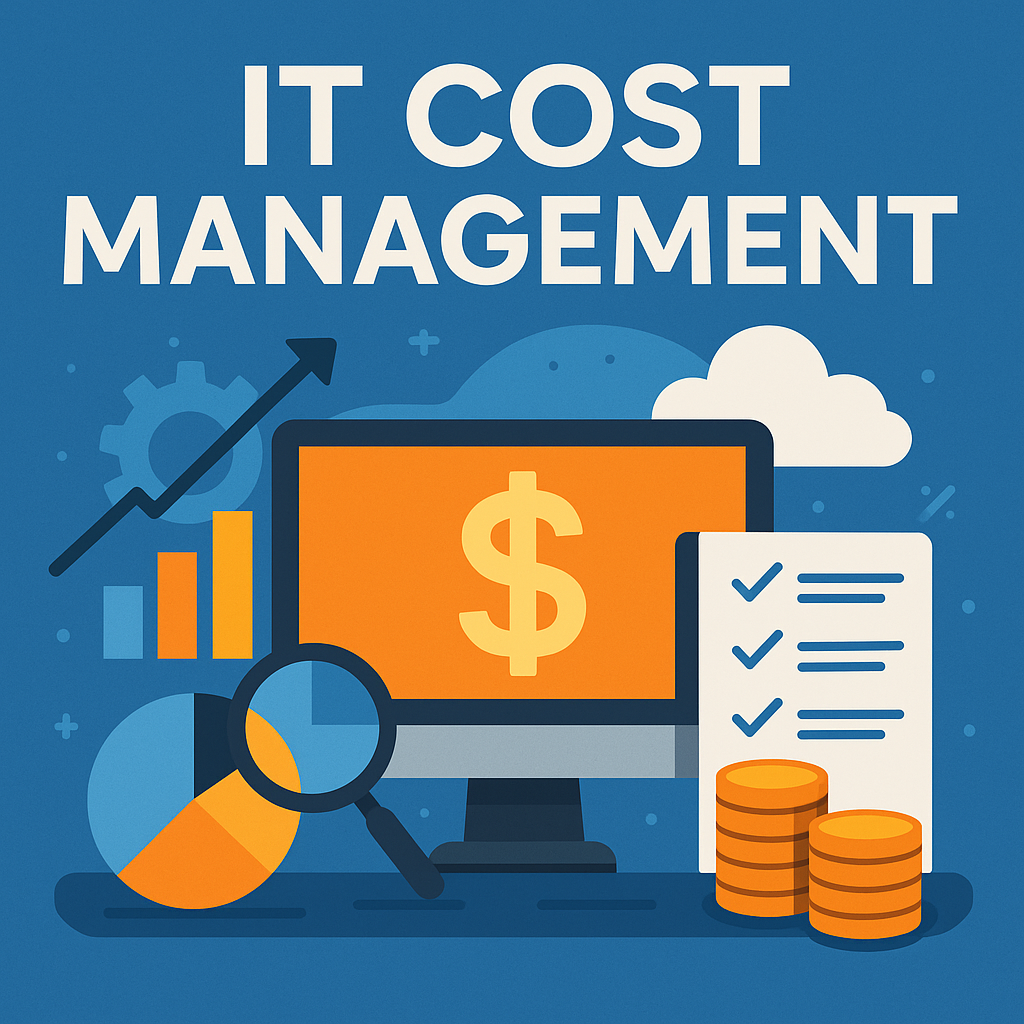In today's digital landscape, effective cost management of IT resources has become an essential focus for organizations looking to maximize efficiency while minimizing expenses. As technology budgets continue to rise—projected to hit USD 5.74 trillion by 2025—business leaders must balance their commitment to innovation with the imperative to manage costs efficiently. This article explores comprehensive strategies and practices for IT cost management, providing CIOs and IT leaders with actionable insights to streamline their operations.
Understanding IT Cost Management
At its core, IT cost management involves the processes and practices that organizations use to monitor, control, and optimize their IT-related expenditures. This assessment encompasses all components of IT spending, including hardware, software, cloud services, maintenance, and operational costs. Proper cost management leads to better planning, reduction of unnecessary expenditures, and improved transparency among stakeholders.
The Benefits of Effective IT Cost Management
-
Enhanced Planning: Establishing clear budgets and forecasts helps organizations prepare for future financial commitments, thereby reducing the risk of overspending.
-
Cost Reduction: By analyzing spending patterns and identifying areas of waste, organizations can implement strategies to lower overall costs.
-
Visibility and Accountability: Employing cost management tools allows for real-time tracking of expenses, making it easier for decision-makers to stay informed and engaged with resource allocation.
-
Stakeholder Engagement: A transparent budget process fosters trust and facilitates stakeholder buy-in, as leadership can easily understand and appreciate the rationale behind spending decisions.
Key Strategies for Cost Management

1. Conduct Comprehensive Cost Analysis
IT departments should begin with a thorough evaluation of existing expenditures. Benchmarking current spending against defined metrics allows organizations to identify inefficient processes, reduce waste, and develop strategic goals that align with overall business objectives.
2. Set Clear Objectives
Organizations must define specific, measurable objectives for IT cost management. Establishing metrics for success helps track progress and ensures that financial goals remain aligned with broader organizational ambitions.
3. Implement Accurate Cost Forecasting
Cost forecasting should encompass detailed project budgets that consider all potential variances. Failure to establish accurate predictions can lead to budget overruns, so CIOs must be diligent in creating realistic financial projections.
4. Analyze Total Cost of Ownership (TCO)
Understanding the total cost of ownership for IT resources is vital. This analysis should include not only purchase prices but also operational costs, maintenance, and any potential technical debt incurred by outdated practices.
5. Leverage Cloud Optimization
Transitioning to cloud services can provide significant cost efficiencies. However, organizations frequently underestimate cloud expenditures, making it crucial to actively monitor usage and eliminate waste tied to underutilized resources. Tools that provide insights into cloud spending patterns can help mitigate unnecessary costs.
6. Invest in Automation
Automating routine IT tasks—such as server provisioning, configuration management, and software updates—can lead to significant labor cost savings. By reducing reliance on manual processes, organizations can allocate skilled resources to higher-value projects.
7. Optimize Software Licensing
With the increasing prevalence of Software-as-a-Service (SaaS), organizations must regularly review software subscriptions to identify unused licenses or applications. This proactive approach ensures that firms pay only for what they actively use, avoiding the perils of "shadow IT" where employees opt for unsanctioned, and often expensive, solutions.
8. Implement Asset Management
Effective IT asset management enables organizations to gain real-time visibility over their technology resources. By assessing the performance and lifespan of each component, companies can optimize their IT inventory, prolong the life of existing assets, and reduce future purchase costs.
Adopting a Culture of Cost Management
To realize the full benefits of these strategies, organizations must cultivate a culture that prioritizes cost efficiency. Encouraging teams to identify inefficiencies, advocate for best practices, and think innovatively about reducing expenses can foster collaboration and improve the overall financial health of the organization.
Conclusion
Mastering the cost management of IT resources requires a systematic approach that combines thorough analysis, strategic planning, and an organization-wide commitment to efficiency. By implementing these strategies, CIOs and IT leaders can navigate the complexities of IT spending while supporting their organizations' innovation and growth objectives. As technology continues to shape the business landscape, effective cost management will emerge as a critical competency for success.
Get started with your free Managed IT Services assessment today! Contact us at info@logicstechnology.com or by phone at (888) 769-1970.

